By Colonel James W. Hammond
The definitive combat unit of comparable strength among the forces of the world during the 20th century was the division. Not all divisions, however, have been of the same size. The number of men in Allied and Axis divisions during World War II varied considerably. The number of men in an American division also varied depending on the type of division, for example, infantry, airborne, light, mechanized, armored, or Marine Corps. Manning of American divisions even varied as the war progressed, and reorganizations were made to ensure the most efficient use of manpower and to reflect the tactical deployment in the various theaters of the world. Although a standard division might be desirable, it was not always viable. Tanks, for instance, were suited to the plains of Europe but of less use in the steaming jungles of New Guinea.
[text_ad]
A division has been defined as “a major administrative and tactical unit/formation which combines in itself the necessary arms and services for sustained combat, larger than a brigade/regiment and smaller than a corps.” Inherent in such a definition is that a division is a combat unit that contains maneuver elements, infantry, or armor; fire support elements, mainly artillery but also tank or antitank units; and logistical or service support elements. The last includes motor transport, engineer, maintenance, supply, medical, and communications units. These three legs— maneuver, fire support, and logistics—enable a division to conduct sustained combat operations.
The Development of the Modern Army Division
Although the Civil War armies and the army sent to Cuba, Puerto Rico, and the Philippines in 1898 had units called divisions, they were mainly infantry or cavalry and lacked the other organic elements that constitute a modern division. The first real divisions of America’s armed forces were those sent to France in 1917-1918. They numbered more than 28,000 men and were more than twice the size of those of the other Allies or Central Powers. American Expeditionary Forces (AEF) divisions consisted of two infantry brigades of two regiments each; three artillery regiments, two of medium and one of heavier artillery; an engineer regiment; plus the various housekeeping units of supply, transport (some truck but mostly horse-drawn), medical, sanitation, supply, and signal. The rifle companies, of which there were four in a battalion, were more than 250 strong. There were three squads of eight men in each platoon, but the companies had seven platoons apiece. The infantry regiments had three battalions. Due to their composition of four regiments of two brigades, this organization was known as the “square division.”
The square division was the standard Army formation for most of the period between the world wars. Although mostly paper formations and vastly undermanned, the Regular Army (RA), National Guard (NG) and Organized Reserve (OR) divisions were square divisions. The difference between the NG and OR divisions was that the former were multistate units whose regiments were under the governors of their respective states until called to federal service while the latter were cadres of Reserve officers and noncommissioned officers for mobilization. This was consistent with the reforms made by Secretary of War Elihu Root after the difficulties of the Spanish-American War, which then provided for an orderly, expandable Army.
From Squares to Triangles
In the mid-1930s, there was a public reawakening concerning the armed forces. The administration of President Franklin D. Roosevelt, as a measure to get the Depression-stalled economy going again, decided that deficit spending to fund public works would be a prudent move. Included in such public works were warships for the Navy. The Army also benefited in that installations throughout the country were improved and even some air bases were constructed for the Army Air Corps.
The thinkers in the Army had never been idle, and they welcomed the opportunity to “get their nose under the tent” and share in the renewed interest in the armed forces. Although the Army was still saddled with the weaponry of World War I, a decade and a half had brought technical improvement. The biggest was in motor transport. Infantry could be given greater mobility moving to the battlefield, and units could be supplied more quickly. The reduction in time for movement could be translated into a reduction of manpower to provide the cutting edge. Firepower had been improved to include semiautomatic rifles, mortars, artillery, tanks, and aircraft.
A word about tanks is appropriate. Tanks had been an Allied innovation in World War I to break the stalemate of trench warfare. The AEF had formed a Tank Corps. It was disbanded after the war and what were formerly “tanks” were transferred to the infantry as “combat cars.” Since tanks had a connotation of offense, the euphemism was a way of appeasing a public, which would support an armed force for defense but abhorred any hint of its use offensively.
Army thinkers began to reappraise the tactics of the battlefield and the type of units that would have to fight. In the world war, infantry regiments attacked in a column of battalions in linear waves. Battalions of a regiment would move successively across no man’s land to take the enemy trenches after artillery had neutralized the defenders. The two lead battalions suffered relatively high casualties, but the breakthrough could be exploited by the third, or reserve battalion. A concept of “two up and one back” emerged. It was just a short step to applying this concept at all levels within a division. Thus was born the “triangular division.”
The Factor of Three
The factor of three was applied at all levels in the new, albeit experimental, division. Three squads made up a platoon. Three platoons were a rifle company. Three rifle companies with a weapons and headquarters company made up an infantry battalion. Three infantry battalions with a headquarters and service company were an infantry regiment. The division had three infantry regiments. Field artillery in the division consisted of three light battalions of three four-gun batteries and a medium battalion of four-gun batteries. In the initial artillery regiment of the first triangular division, circa 1936, the light battalions had 75mm howitzers and the medium battalion had 105mm howitzers. By the time war came, the light howitzers were 105mm and the mediums were 155mm.
These were two of the three legs of the triangular division. The third leg was rounded out by a reconnaissance troop, an engineer battalion, a medical battalion, and companies of ordnance, quartermaster, signal, and division headquarters personnel. There was also a military police platoon and a division band. Medical detachments were with the infantry and artillery to provide forward support on the battlefield.
The 1936 triangular division had 13,552 officers and men, of which 7,416 were in the three infantry regiments. After an initial field test, the recommended division in 1938 was reduced to 10,275, of which 6,987 were infantry. In June 1941, the division had risen in strength to 15,245, with 10,020 infantrymen. Fourteen months later, in August 1942, the division had increased to 15,514, but the infantry had been reduced to 9,999. A further reduction was proposed in early 1943, to 13,412 with 8,919 infantrymen.
The organization that fought the war (beginning in August 1943) was one of 14,255 officers and men, with 9,354 in the infantry. During the last year of the war, the standard infantry division had a strength of 14,037, with 9,204 in the infantry regiments. During all the reorganizations and changes, a triangular division was about half the size of the square division it replaced.
In addition to increased mobility there were other reasons for the fine-tuning of the infantry division during the war. The primary one, of course, was combat experience. Weaknesses were determined and remedied. Strengths were evaluated and reinforced. There were mundane reasons as well for tinkering with the size of an infantry division. Reducing the size from 15,514 (August 1942 level) to 14,255 (July 1943 level) meant a savings of 1,259 men. Thus for every 11 divisions, the savings in manpower would generate a 12th. Another reason was the wartime shortage of shipping. Slightly smaller divisions took up fewer “boat spaces.” This was important since the Army had to cross the oceans to fight the enemies. When the forces for D-Day and beyond were being built up in the United Kingdom, the two largest transoceanic liners, Britain’s Queen Mary and Queen Elizabeth, could “comfortably” carry a U.S. infantry division every other week. This was no minor factor. Another reason to keep the infantry division to the smallest size consistent with projecting its combat power offensively was the finite manpower pool in the United States.
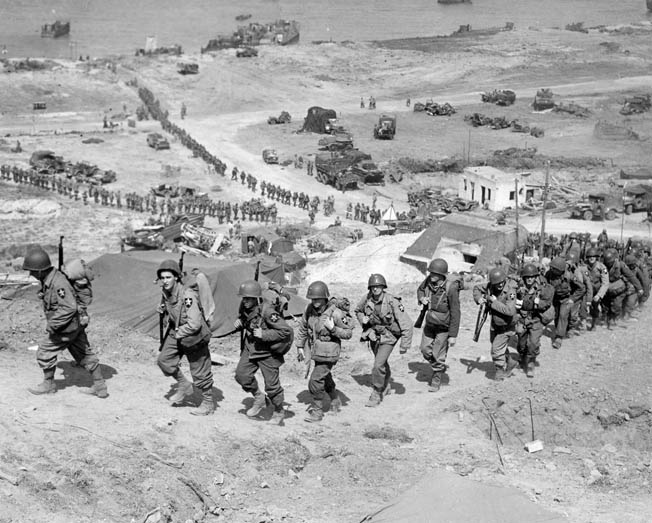
A Draft for the “Arsenal of Democracy”
While the number of American men of combat age who were physically fit for induction was between 20 and 25 million, there was competition for the pool other than the Army’s infantry. Service troops, such as engineers, supply men, and others were needed to make frontline infantry effective. The Army Air Corps, by then the Army Air Forces, had a large claim on manpower. The Navy and Marine Corps needed men. And, in addition to its fighting forces in the field, the United States was both the “arsenal of democracy” and the breadbasket of the Allies. Although many women labored in the factories and the fields, a large body of men was needed to turn out the weapons for the United States and its Allies.
In late 1942, the government took control of manpower. The draft, which had been instituted in 1940 for one year for selected 21-year-olds and older inductees, was extended to 18-year-olds, and voluntary enlistments for all those over 18 were suspended. All males subject to the draft were inducted and assigned to each service according to the needs at the time. Since the Navy and Marines had been enlisting 17-year-olds long before the war, some found this a way to avoid the draft before their 18th birthday. Last, by completely controlling manpower, the draft boards could defer skilled workers and farmers, often only temporarily. This last point was important because workers could be gainfully employed until the Army was ready to use them in uniform. More than one GI in the last years of the war encountered a truck, tank, or howitzer that he had helped build on the assembly line.
Old Divisions vs New Divisions
In 1917-1918, the AEF sent 43 divisions to France. Eight were RA, 17 were NG, and 18 National Army (NA) or divisions raised from regiments that had not existed before. These were all square divisions, but three NG and three NA divisions were converted into depot divisions for the Services of Supply. Likewise, two NG and one NA division were disbanded to replace casualties. After the war, the RA had three numbered infantry divisions and a cavalry division. There were two unnumbered divisions in the insular possessions: the Hawaiian and Philippine Divisions. The NG units returned to their respective states as regiments. As previously noted, the Tank Corps was disbanded. The Army had a maximum authorized strength, but this was never reached because the real limiting factor was paltry funding.
When war came to Europe in 1939 and the Axis ran wild in 1940, America saw the need to rearm quickly. The Navy was well on its way to building a two-ocean navy after the fall of France in 1940. The Army Air Corps was given similar priority. Both of these were Roosevelt’s darlings. For two decades the Army had been the poor relation.
This was changed. Five more RA infantry divisions were activated during 1939-1941. An additional RA cavalry division was activated. Reorganization revived the Tank Corps as the armored force. The NG was called into federal service, and 17 divisions were activated between September 1940 (when the first draftees also were inducted) and March 1941 as camps were built to quarter them. Four RA armored divisions were activated. The Hawaiian Division was split into a RA division and an additional Army of the United States division (AUS). AUS meant that no previous cadre organization existed as a framework for the new divisions.
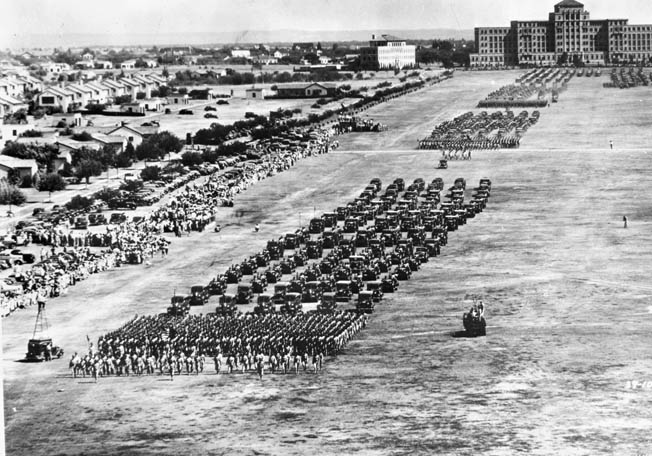
As would be expected, the pre-Pearl Harbor divisions were the “old” divisions and those subsequently organized were the “new” divisions. The NG divisions entered active service under the square division organization and were converted to triangular. One of these, the 27th Infantry Division, was deployed to Hawaii before it was converted. The ranks of all the old divisions were brought up to strength by draftees and new recruits finishing basic training. They were “fillers” in Army parlance.
Equipment for the old divisions was a problem. Factories were turning out arms for Britain, which had evacuated its expeditionary force from the European continent at Dunkirk but had abandoned most of its equipment. Roosevelt had assured arms production for Britain with the Lend-Lease Act in March 1941. Hitler’s attack on Russia in June 1941 brought Russia under the Lend-Lease provisions as well. Thus, there developed competition between the Allied forces fighting Hitler and the emerging U.S. Army preparing to fight if necessary. In the meantime, training went on in the United States. Newspaper photographs and newsreels of the time showed GIs in the field with wooden mock-ups labeled “howitzer” or trucks with “tank” emblazoned on their sides.
Raising New Divisions During World War II
In the meantime, the Army planners and logisticians were systematically setting about raising the new divisions. It was methodical and orderly at first.
When a division was designated for activation, the War Department selected its key officers about three months in advance. These included the commanding general, his assistant division commander, and his artillery commander. All were general officer billets, but the selectees did not necessarily have those ranks initially. Promotion came with performance. In addition, key staff officers and commanders were designated shortly after the commanding general was assigned. This enabled him to choose his subordinates from a slate prepared by the War Department. The criterion for the slate of eligibles was based on records of performance.
In addition, the small RA of the interwar years included that intangible known as “service reputation.” Most officers knew most others. The key officers of the division to be formed were assigned special schooling such as the Command and General Staff Course (C&GSC), Advanced Artillery Course, and even condensed courses in automotive maintenance, logistics, and communications.
Just before actual activation, a cadre of key junior and middle-grade officers and noncommissioned officers was assigned. These came from the old division that had been made parent division to the new outfit. This could have been a weak point because of human nature. A commander would be reluctant to give his best people to someone else. Owing to the high state of professionalism of commanders, this did not occur in the raising of the initial new divisions. Commanders of old RA divisions took pride in the cadres they sent. It was not until later in the war that some commanders of the new divisions that in turn had been made parents to newer divisions forming began to send newer castoffs to cadres.
Upon the activation of a division, the key commanders and staff plus the cadre were joined by fillers and new officers mostly from Officer Candidate School (OCS). The division thus began a training cycle that was to last almost a year before it was deemed deployable. There were three distinct phases—individual training, unit training, and combined arms training. Appropriate testing by the Army Ground Forces (AGF) headquarters was conducted at all phases to ensure the division was up to standard. This continued well into mid-1944 when divisions committed in Europe began to take casualties. Then divisions in training in the United States were raided for their infantrymen who had completed individual training to serve as replacements overseas. Fillers had to start the cycle over again. Many of them came from disbanded antiaircraft battalions in the United States and from discontinued programs.
The U.S. Armored Division
There were other types of divisions in the AGF. Some were experimental and either discarded or retained in limited number. One of the two cavalry divisions, still a square division, was sent overseas to fight as infantry. The other was disbanded, reactivated, and deactivated in North Africa, its personnel being made service troops overseas.
The German blitzkrieg of 1940 alerted the U.S. Army to its need for armored formations, mechanized formations, and airborne units. Divisions of all three types were formed. Only two survived as viable units. The mechanized concept, which envisioned infantry riding to battle swiftly in trucks and half-tracks, was abandoned after troop testing. Those divisions reverted to standard infantry divisions. This decision was made for several reasons. The increase in vehicles placed a maintenance burden on the division, which enlarged its size out of proportion to its combat capability. Transportation to combat or the exploitation of a breakthrough could be furnished by mobile units of higher headquarters. Further, the deployment of a special mechanized division overseas took up more shipping than an infantry division. Standard infantry divisions could have all the advantages of mobility when reinforced by vehicles.
The trend moved away from specialized divisions. Exceptions were the armored division and the airborne division. There were to be 16 of the former and five of the latter. From the organization of the first two armored divisions in July 1940 until September 1943, these were heavily weighted with tanks. A minor modification occurred in January 1945 as a result of combat experience in France.
The initial armored division was 14,620 strong. It had a division headquarters with two subordinate commands capable of forming task forces for tactical employment. These were Combat Commands A and B. The tank component contained 4,848 men in two armored regiments. The regiments had one light and two medium tank battalions, with a total of 232 medium tanks and 158 light tanks. The infantry component was an armored infantry regiment of 2,389 men in three armored infantry battalions of three companies each. The 2,127 artillerymen were in three battalions of three batteries each. The latter served six 105mm self-propelled howitzers.
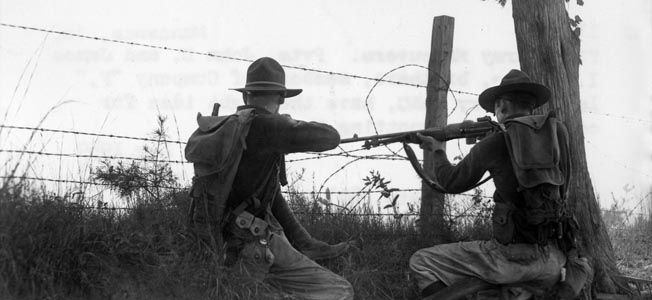
There were a division headquarters and a division service company, signal company, reconnaissance and engineer battalions, and division train. The last had three battalions—maintenance, supply, and medical plus an MP platoon. The tactical concept that generated this formation was that the armored division, wreaking havoc, would punch through the enemy defenses and speed into the enemy’s rear. Fighting in North Africa as well as British experience in the Eastern Desert showed that tanks unsupported by infantry were vulnerable to antitank ambushes and minefields. Thus, the tactical employment of armored divisions was rethought.
In September 1943, the armored division was reduced to 10,937 men. The two armored regiments were eliminated and replaced by three tank battalions of three medium and one light tank company each. There were now 186 medium and 78 light tanks. The two combat commands were kept, but a headquarters reserve command was added. The infantry component was increased to 3,003, with the regiment eliminated and the three armored infantry battalions each increased to 1,001 men still with three companies. Artillery units remained essentially the same. The concept now was for the armored division to exploit the breakthrough of enemy lines made by the infantry divisions. To this end, separate tank battalions were formed from the tanks saved from the armored divisions. These could be used to reinforce an attacking infantry division as needed.
Specialized Infantry Divisions
The U.S. airborne division was conceived in 1942 as a miniature division of 8,500 men. There was a parachute infantry regiment of 1,958 and two glider regiments of 1,605 men each. The artillery included three battalions of three four-gun batteries of 75mm pack howitzers. The vehicles were mostly jeeps and trailers with approximately 400 jeeps and 200 trailers. The Army Air Corps provided the lift for the paratroopers and towed the gliders.
In December 1944, in response to recommendations from a battle-experienced airborne division commander, the size and composition of the airborne division was beefed up. It had 12,979 men in two parachute regiments and one glider regiment. A battalion of 105mm howitzers replaced the 75s. Supporting units were also increased. Only the 11th Airborne Division in the Pacific remained under the old organization.
Experiments were made in light, jungle, and mountain divisions, but all except the last were discarded when it was determined that the standard infantry division could fill the bill in any theater. The 10th Mountain Division was sent to Italy in December 1944 to let its muleskinners and skiers try their hand.
Preparing for the Invasion of France
Two major concerns remained regarding U.S. Army divisions prior to the invasion of France in 1944. One was the total number of divisions required in the Army to ensure victory. The second was how to transport the personnel and equipment to Europe when a trained division was ready to deploy.
The first U.S. Army units sent to the European Theater of Operations (ETO) were an NG infantry division in January 1942 and an RA armored division in March. They debarked in Northern Ireland. In April, an Army infantry division replaced a contingent of Marines in Iceland. In October, combat-loaded divisions sailed from the the UK and the United States for Operation Torch, the invasion of North Africa. Later, divisions were deployed to North Africa for operations in the Mediterranean theater in 1943. Their equipment had been moved separately.
Meanwhile, the buildup for the return to France was ongoing in the UK. A unique logistics concept solved a myriad of problems. The men of a division sailed for camps in England on a deployment schedule. At the same time, equipment was steadily being moved to the UK and stored in depots. Before leaving camp in the United States for a port of embarkation, a deploying division turned over its equipment to a new division being activated in the camp. On arrival in the UK, a complete equipment outfit of organizations, not individuals, was issued to the division.
The “90-Division Gamble”
The question of the number of divisions was more complicated. There was a minimum of one year of lead time before a division was ready for deployment. After the fall of France there was also a question of Britain and its armed forces being able to hold out. Would the United States have to face the Axis threat alone? Then, when Russia was invaded there was the question of its survivability. If Russia and Britain were knocked out of the war, more U.S. divisions would be needed. As many as 200 divisions were estimated for the worst case scenario.
As the course of the war became clearer, a decision was made in early 1943 on the number of Army divisions needed to win the war. It was called the “90-division gamble.” The Philippine Division had surrendered in 1942. The 2nd Cavalry Division was later to be deactivated, reducing the total of Army divisions to 89. The last Army division was activated in August 1943 and deployed at the end of 1944. All 89 Army divisions went overseas. Only two, an infantry division in Hawaii and an airborne division in France, did not see combat.
In addition to the 89 Army divisions, there were six Marine divisions—all of which fought in the Pacific. Marine divisions used the triangular organization of the Army but had units peculiar to their amphibious mission. These included, eventually, a shore party battalion to organize the supplies coming over the beach and an amphibious tractor battalion. The standard Marine division could be tailored for a specific operation by being reinforced with specific units such as naval construction battalions (SeaBees). A reinforced Marine division could run to about 20,000 men. With the opening of the drive across the Pacific, Marine rifle companies came up with an innovation called the fire team. A fire team was a four-man unit built around the Browning Automatic Rifle. Three fire teams led by a sergeant formed a squad, one of three in a platoon, placing heavy firepower in the assault waves which struck Japanese-held islands.
By the end of the war, the U.S. Army and Marine Corps had deployed 95 divisions around the globe. Ninety-eight percent of these had engaged in combat, and the success of their deployment and combat experience was due in large part to reorganization and preparation efforts by higher-echelon commanders.
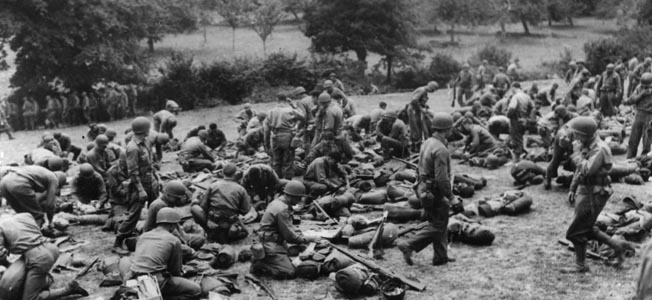
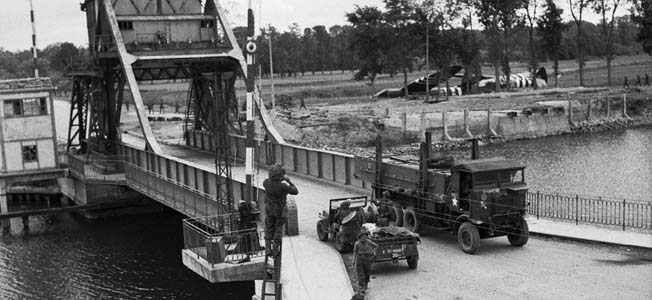
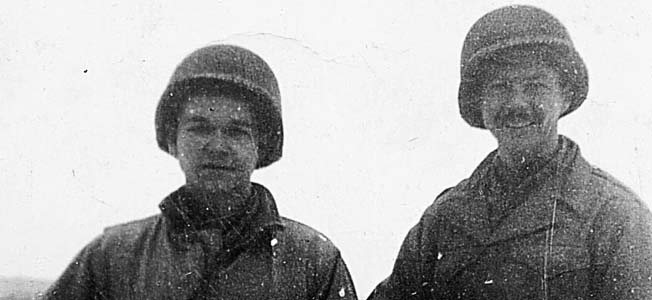
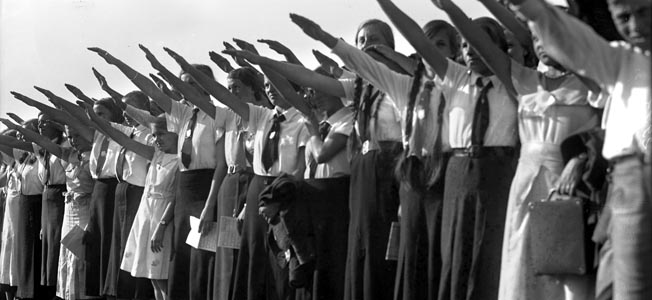
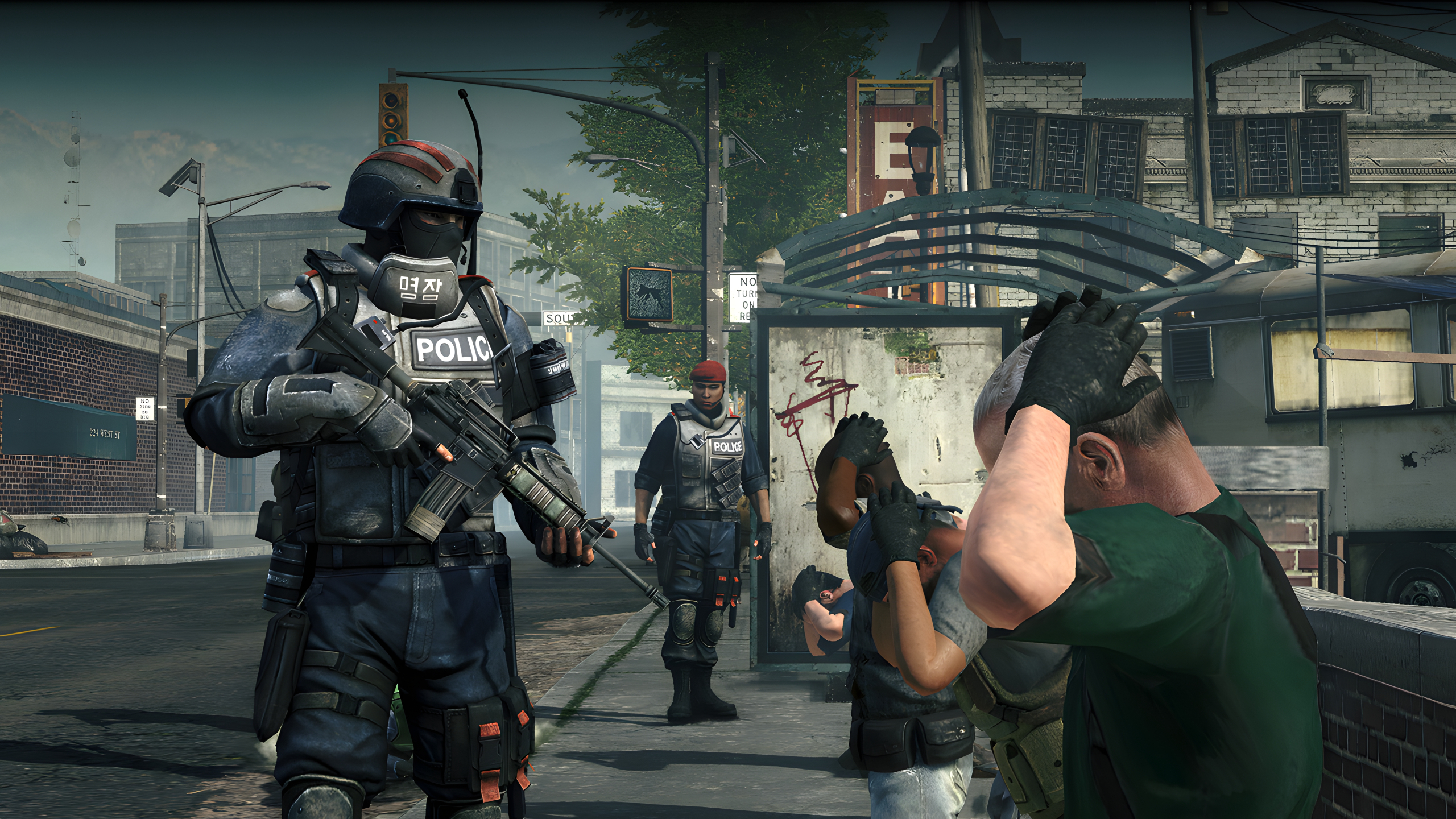
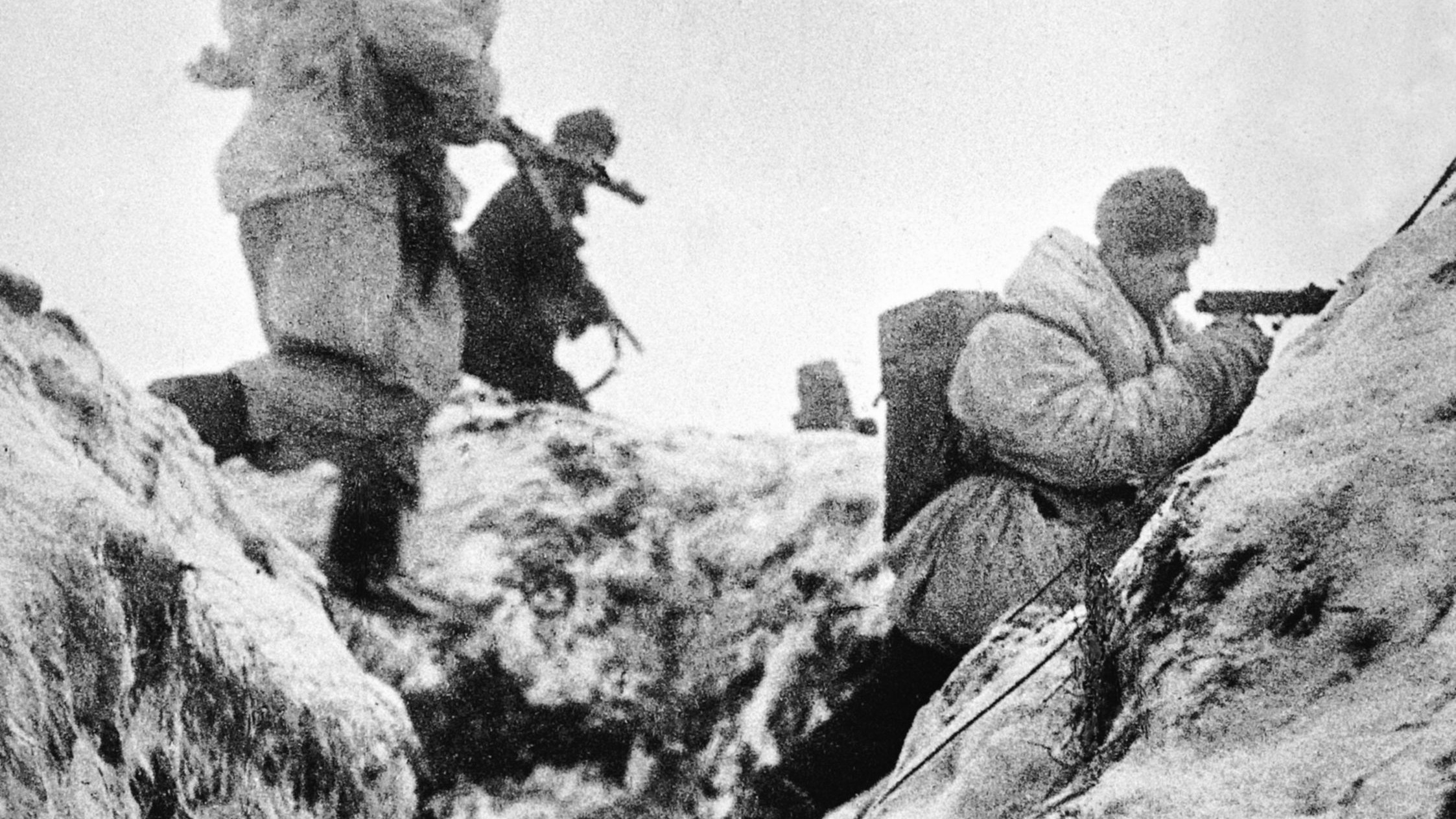
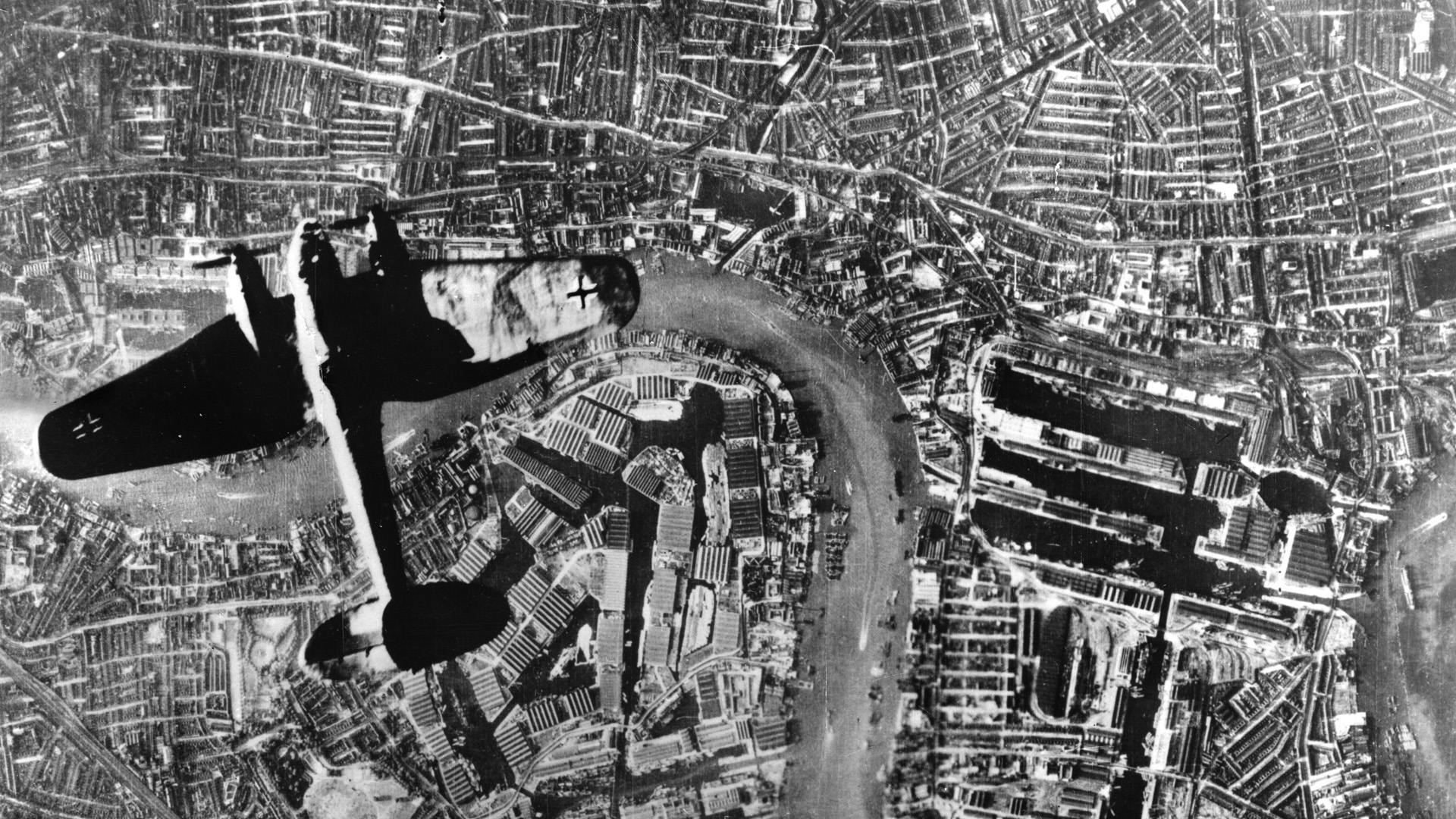
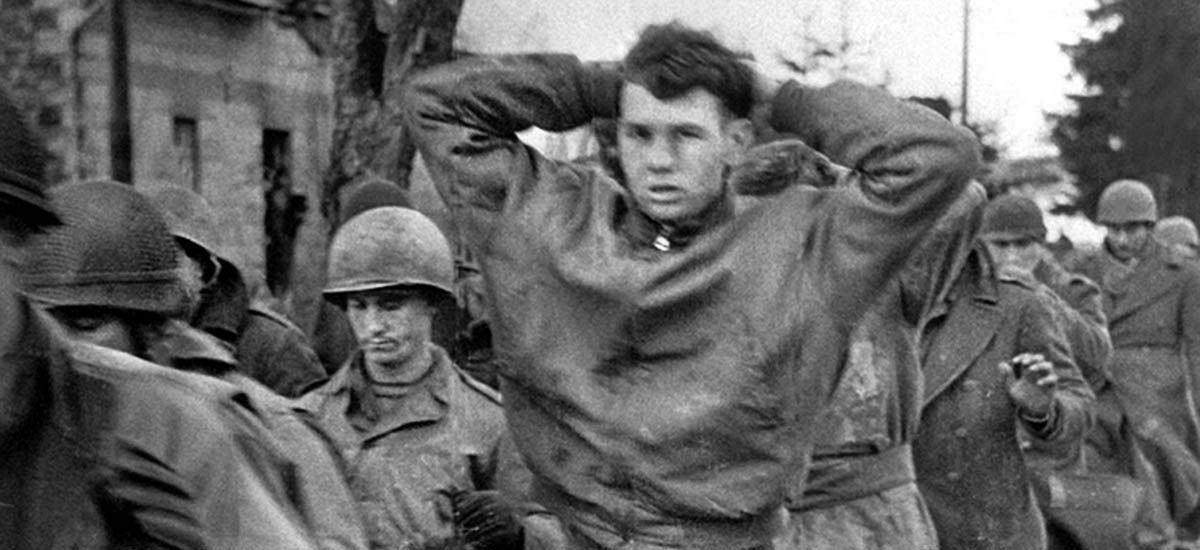
It is a pity this article does not give some cross comparison between a US Division and Divisions in other combatant countries. For example, by 1945 the US and USSR both had about 12 million men under arms, but the USA had only about 100 divisions whilst the USSR had about 500. Superficially this discrepancy suggests a bloated US military with large enrolled numbers but fewer fighting men than the Soviets. This, however, is misleading as the US provided massive logistical backup, while the Soviet armed forces were more medieval in nature, with a very small logistical tail.. An article explaining this discrepancy would be educative.
Also more slots to give officers 2 stars. The Soviets, despite their quasi-socialist/communist pretentions, were a very rank/class continous society.
Throwing Stars around would have been a great way to reward loyalty towards “The Boss” as Joseph Vissarionovich was known.
And creating large numbers of smaller divisions the kind of thing a Socialist Aparachik would come up with. Lots of 2 Star Billets to fill.
all I wanted was unit size and how many personnel in each unit in a typical division. this time asked infantry but will be asking other div. like armored, a/b, cavalry
, mountain, special forces.